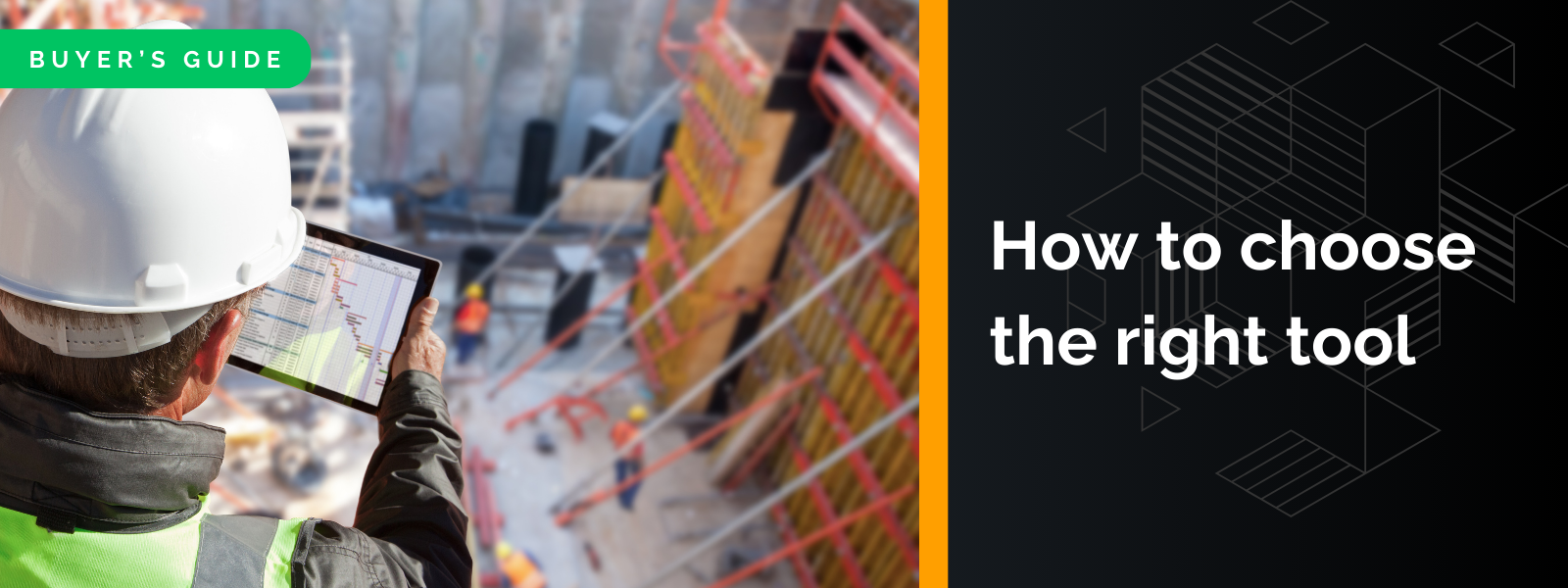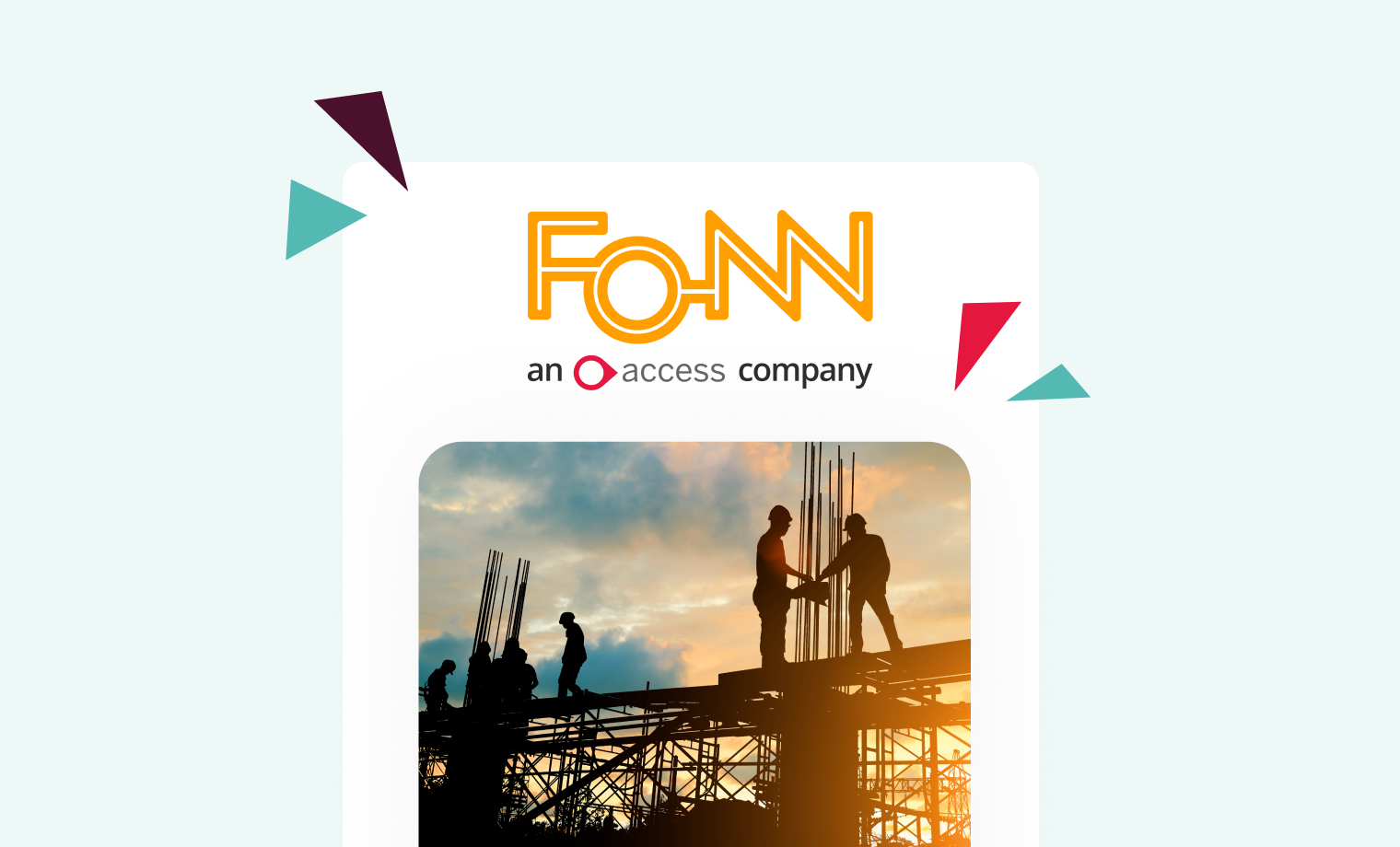Nobody likes filling in forms but they’re useful for collecting information, aren’t they? And there is no shortage of information connected to the average construction site. With the amount of data that you need to collect daily, it’s likely that a big chunk of your admin time is spent wading through piles of paper forms. From tracking changes, communicating with co-workers and completing safety documents, forms are the simplest way for multiple people to submit information. As construction technology grows in adoption, digital forms are becoming more standard as part of project management solutions and the benefits are clear.
Forms to improve safety
Ensuring a safe work environment is essential in construction and before projects can even get going, there will usually be site safety audits. While there are regulatory standards that will be included on every safety form, the ability to amend forms to cater to your specific project needs can save time to make sure you’re focusing on collecting only the most relevant information. Safety assurance continues through the lifecycle of a project. For example, toolbox talks highlight safety issues specific to a stage of a build; anyone attending these will usually need to fill in a form as standard for record keeping.
Forms to improve efficiency
All types of forms can improve workflows, even if you are using paper ones. The versatility of digital forms means you can create stages for each part of your project tracking process. Far from being confusing, being able to label forms can be a massive time saver. Fonn users have successfully implemented forms to create vital checklists, as well as inspection forms to keep track of important quality processes.
Digital forms will also save time on integrating forms with the right information – for example if you have a form that needs to be kept with a particular project, or is required for a task to be signed off, you can have it all in one place if you have a construction management tool that holds all of your data and forms together. Digital forms in Fonn can be attached to relevant issues, snags, and Scope of Works.
Forms to improve communication
Collaboration and communication are key to a successful project, and gathering information from everyone involved can be a challenge if people are communicating across different platforms. Setting up digital forms for daily briefings can be a quick way to make sure that everyone has attended and understood what’s happening on a particular day, while having forms for signing tasks off can cut down on time spent chasing people for follow ups.
Digital forms also make data analysis more straightforward. Printed or PDF forms will likely require the admin hours to input info into a spreadsheet, meaning more time will be needed before you can work on using any data insights.
Digital forms are better for the environment
Having 10 different forms for specific uses is great to make sure that you’re capturing the right information and using it. Printing all of those forms for multiple uses is not so great. Most businesses are very much behind the sustainability drive to become more paperless and not having to print dozens of forms daily goes a long way to helping this become a reality.
You’ll also cut down on travel costs that can result when people need to travel to and from the office to grab paper copies of forms if they don’t have access to printing themselves. People on-site can simply access a form remotely and complete it there and then without the need to travel to a second location.
Forms can be a powerful tool to transform the construction industry, especially for data collection. Lost or out-of-date documents are already a drain on construction admin time, the potential for mistakes because of missing forms can add even more unnecessary hours.







